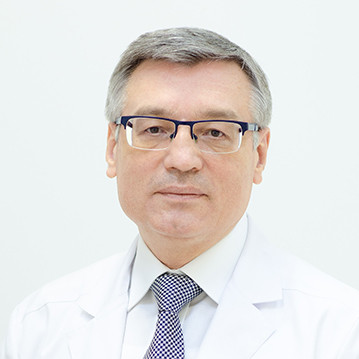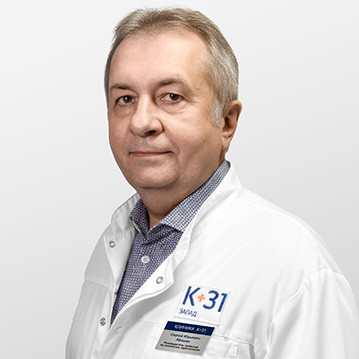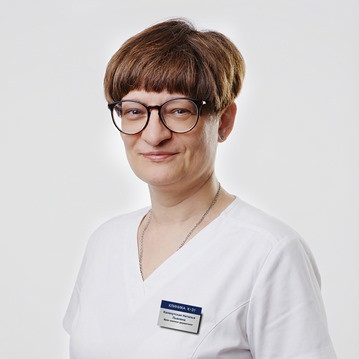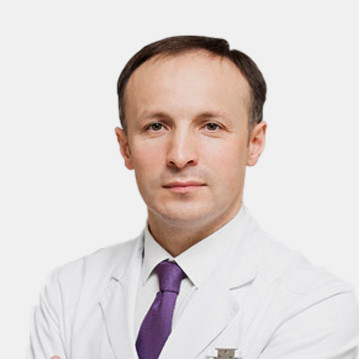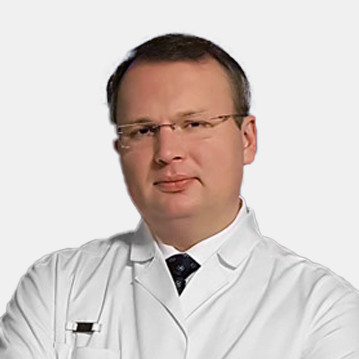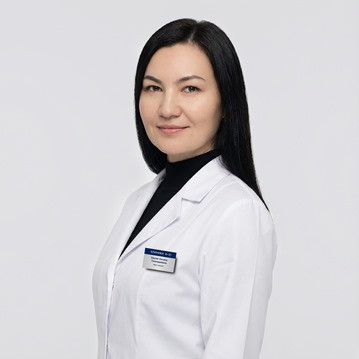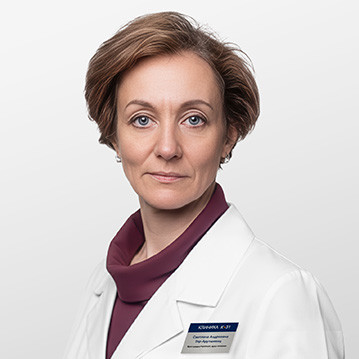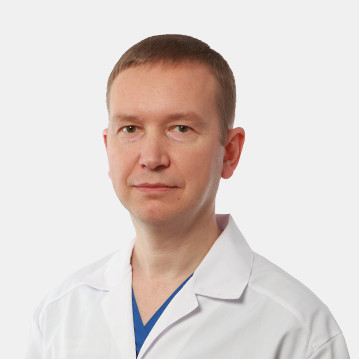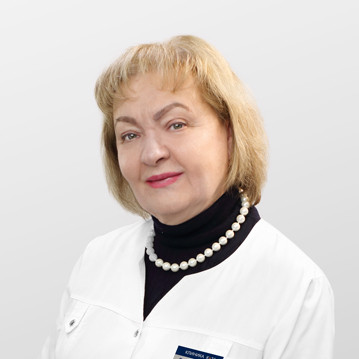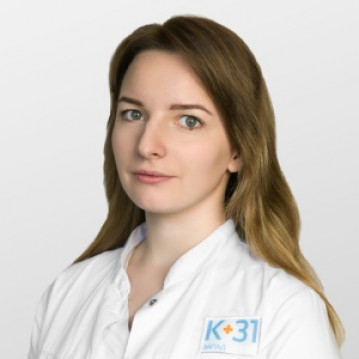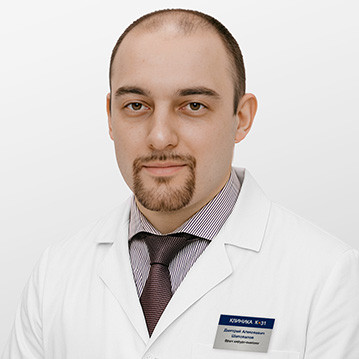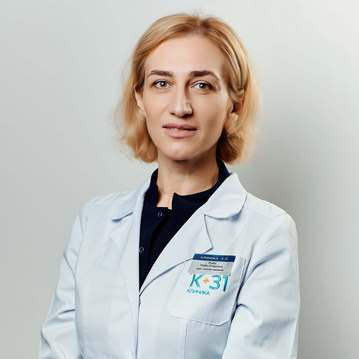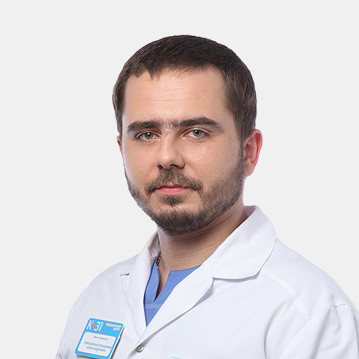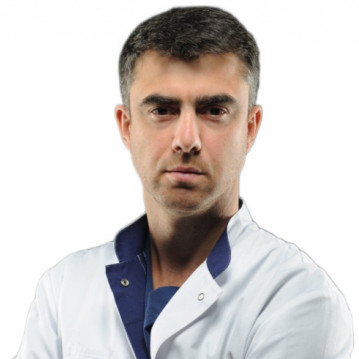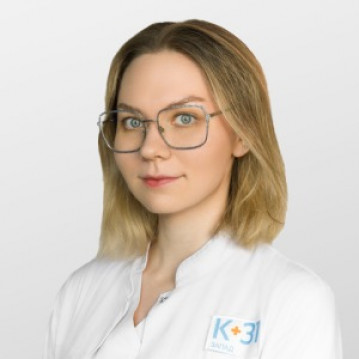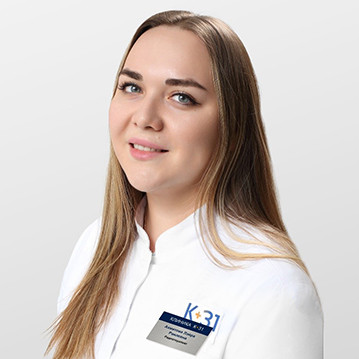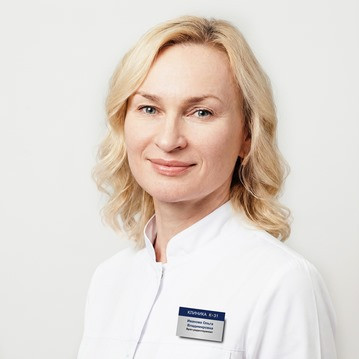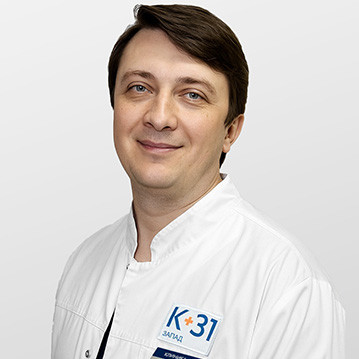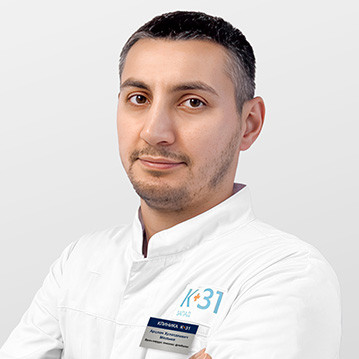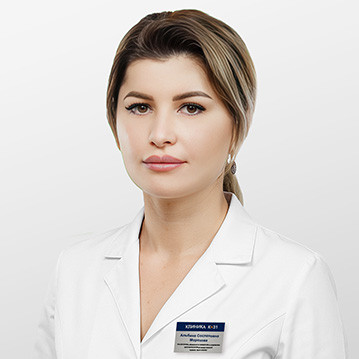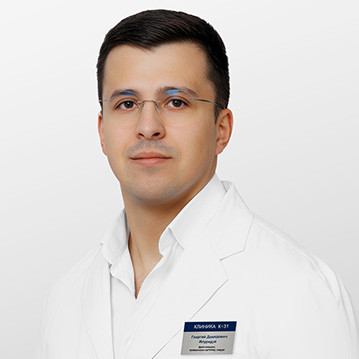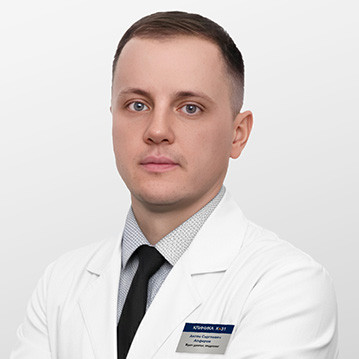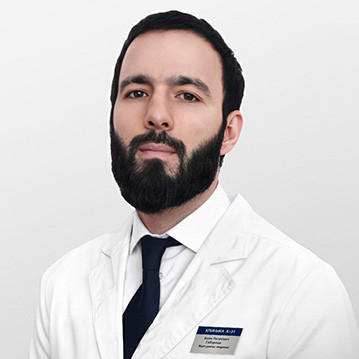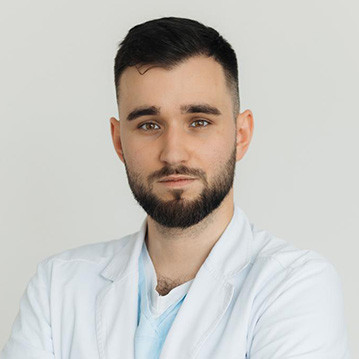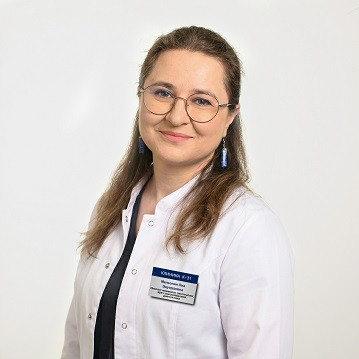Stomach cancer is a common oncological disease in which epithelial cells of the mucous membrane the lining of the stomach grows a malignant tumor. It can form in any part of the body, and in In the process of its development, it infects neighboring tissues and organs, such as the esophagus, liver, lungs, etc. The highest rates of morbidity, as well as mortality from stomach cancer, were recorded in Japan, Brazil, Finland and Russia. Scientists attribute this phenomenon to the dietary habits, lifestyle of the population and unfavorable conditions in these regions. (for example, an unfavorable ecological situation).
The vast majority of cases are people over 50. However, in recent years there has been an alarming trend: more and more malignant gastric tumors are diagnosed in younger patients. According to some sources, stomach cancer is more common in men (32%) than women (21%).
In our oncology department, highly qualified specialists carry out accurate diagnosis and effective treatment of stomach cancer. Call us or sign up online.
Causes of stomach cancer
As with other malignant tumors, there is no one specific cause or factor that leads to the development of cancer. But there are still general patterns in this oncological disease.
- Incorrect diet. According to research, excessive content in the diet of starchy foods and animal fats, salt, nitrates, as well as a lack of fresh vegetables, fruits and animal proteins can provoke the development of stomach cancer. Factors that predispose to this disease also include alcohol abuse, smoking, poor chewing and an irregular diet.
- Chronic diseases of the stomach. Tumor development can be a consequence of chronic peptic ulcer, chronic gastritis, gastroduodenal reflux. For example, as a result of prolonged inflammatory processes in the gastric mucosa (with chronic gastritis) or gastroduodenal reflux, characterized by the entry of bile and duodenal contents into the stomach, the gastric epithelium is converted into intestinal. This process, called epithelial metaplasia, is the impetus for the development of malignant tumors.
- Malignant polyps are another common cause of stomach cancer.
- Heredity. The risk of getting stomach cancer is higher in people whose close relatives suffered from it. Perhaps, due to genetic characteristics, this oncological disease is more common in men than women. There is also evidence that indicates a relationship between the risk of developing stomach cancer with nationality, blood type (people with blood type A (II) are more common among patients with carcinoma) and other factors. Some hereditary diseases (pernicious anemia, hypogammaglobulinemia, non-polyposis colon cancer) and age over 70 also increase the risk.
- Helicobacter pylori (H. Pylori). This bacterium causes peptic ulcer disease, chronic gastritis and increases the likelihood of developing a malignant tumor in the stomach.
Other risk factors:
- ulcers, adenomatous polyps, metaplasia of the gastric mucosa, familial adenomatous polyposis, Menetrier's disease, other cancers (esophagus, bladder, testicles, prostate, mammary glands and ovaries);
- stomach surgery;
- low social status and income level;
- harmful production (in the fields of metallurgy, rubber production, in the coal industry);
- Immunodeficiency
Classification of stomach cancer
Without the correct classification of stomach cancer, it is impossible to choose the right treatment tactics, type of operation, and predict life for the patient. The old classification distinguished the following types of stomach cancer: intestinal (when the inner mucous layer of the stomach acquires the features of the intestinal mucosa), diffuse (cancer cells spread along the wall of the stomach) and mixed. Today, stomach cancer is classified according to many parameters:
- Stomach cancer site. Tumors are divided into groups according to localization in certain parts of the stomach: fundus, body, cardiac, pyloric and antrum.
- Histological structure of the tumor. The tactics of treating gastric cancer also largely depends on the histological structure of the tumor, according to which adenocarcinoma (diagnosed in 95% of clinical cases), squamous, small cell and undifferentiated types of cancer are distinguished. The most common stomach cancer is adenocarcinoma, which develops from the glandular cells of the mucous membrane. Squamous cell carcinoma of the stomach - from epithelial cells. A tumor of the stomach can also form from immune cells (this cancer is called lymphoma), cells that produce hormones (carcinoid), etc.
-
Tumor stage. This factor is also one of the key factors in choosing the tactics of treating gastric cancer and predicting the future fate of the patient. Gastric cancer can be early (initial), when a malignant tumor covers only the mucous membrane, and widespread, when it grows into other layers. But a more accurate classification of gastric cancer by stage takes into account not only the depth of tumor germination, but the number of affected nearby lymph nodes and the presence of distant metastases - this is the international TNM system, so named according to three main criteria:
- T is the depth of tumor invasion into the wall of the stomach, neighboring organs and adjacent tissues: T0 - the tumor is not detected in the stomach, T1 - the tumor affects only the gastric mucosa, T2 - it has affected the muscle layer, T3 - the tumor has reached the outer layer of the stomach, T4 - the lesion has affected the outer shell and adjacent tissues.
- N - number of affected regional lymph nodes: N0 - no metastasis in regional lymph nodes, N1 - metastases in 1-2 lymph nodes, N2 - in 3-6, N3 - metastases in more than six lymph nodes. li>
- M - presence of distant metastases: M0 - no distant metastases, M1 - distant metastases.
Four stages of stomach cancer (adenocarcinoma):
- I - the tumor does not affect the muscular layer of the stomach, it is localized exclusively in its submucosal and mucous membrane. There are no metastases in the lymph nodes and other organs.
- II - the germination of the tumor already affects the muscular membrane of the stomach, but is still inside it, not spreading beyond its serous cover. There may be single metastases in the lymph nodes near the wall of the stomach.
- III - the tumor is enlarged (may spread to several parts of the stomach), grows into adjacent tissues and organs. Cases with multiple metastases of gastric cancer in the regional lymph nodes fall into the same category.
- IV - all cases in which distant metastases are diagnosed. The size of the tumor does not matter. The prognosis is unfavorable.
Metastases are cancer cells that enter the blood and lymph and spread throughout the body. With lymph, metastases of gastric cancer enter the lymph nodes, first in the abdominal cavity, then in the supraclavicular lymph nodes, as well as in those that surround the rectum. With blood, metastases enter the liver, and in some cases, the lungs. Metastases of stomach cancer can get to the ovaries, to the navel, and, in rare cases, to the bones and brain.
Symptoms and signs of stomach cancer
The following symptoms indicate stomach cancer:
- weakness, decline in performance;
- poor or no appetite;
- Sudden weight loss for no apparent reason;
- pain and discomfort in the stomach area;
- anemia;
- a sharp change in taste;
- feeling full.
The first symptoms and clinical picture of the tumor in different parts of the stomach may differ. If stomach cancer has affected the cardia (upper part of the organ), symptoms of a malignant tumor will be problems with swallowing large pieces and coarse food (dysphagia), increased salivation. With the worsening of the situation, pain, vomiting, heaviness in the chest and between the shoulder blades can be added to these symptoms.
If the tumor is localized in the lower part of the stomach (in the antrum), the patient will be disturbed by problems with stagnation of food in the stomach and symptoms such as heaviness in the abdomen, belching, vomiting, bad breath.
But often, in the early stages, stomach cancer may be asymptomatic or the symptoms may overlap. with other diseases, for example, with chronic diseases of the stomach.
Clinical manifestations depend on the stage and spread of the disease. With its deterioration, the symptoms of stomach cancer become more pronounced: persistent pain in the stomach area, which can radiate to the back, frequent heartburn, vomiting immediately after eating, an increase in the abdomen, a bulging formation noticeable to the touch under the pit of the stomach is a sign that the tumor has grown into the anterior wall of the abdominal cavity. Further, the symptoms are aggravated, black stools appear or vomiting is black or with blood due to gastric bleeding. From the loss of blood, the patient appears pallor, dizziness.
If you have the above symptoms, please contact the oncology department of our clinic for an examination. You can contact us on the website or by phone.
Complications of stomach cancer
The most common complications of gastric cancer are bleeding and stenosis (complicated passage of food due to narrowing of the gastric fornix by the tumor).
- Bleeding. A malignant tumor begins to bleed under the influence of acidic gastric juice or as a result of the collapse of a large tumor. This process is accompanied by increased weakness, the appearance of dizziness, a drop in hemoglobin levels. If stomach cancer has grown into large vessels, destroying their walls, bleeding can be very pronounced. Weakness and dizziness increase, “black dots” may appear before the eyes, fainting occurs. Another common symptom of stomach bleeding is coffee grounds vomiting. (this is what blood looks like after contact with gastric juice). Another characteristic sign of severe bleeding is a change in the consistency of feces to tarry or liquid and a change in color to black.
- Stenosis. This is the name given to the closure of the lumen of the stomach by a tumor, which makes it difficult for food to pass. In the vast majority of cases, stenosis accompanies malignant tumors located in the pyloric (outlet) part of the stomach. As a result, food stagnates, causing an unpleasant feeling of heaviness, belching "rotten", vomiting of food eaten the day before. Also, with stenosis, the feeling of weakness quickly increases, the patient loses weight rapidly, iron and protein levels are greatly reduced, dehydration is possible and convulsive conditions (due to electrolyte imbalance).
